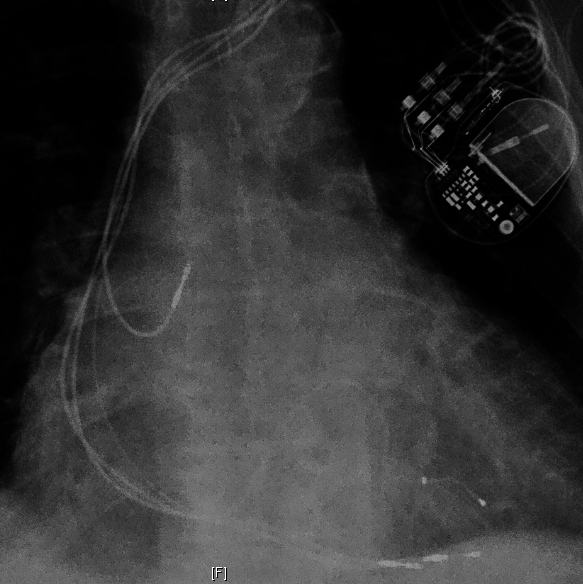Is heart failure a doomed situation?
Is heart failure a doomed situation?
Is heart failure a doomed situation? Not at all. There are various grades of heart failure and many with reversible causes. When the cause of heart failure is transient and reversible, the long term results are good.
A classic example with good outcome is peripartum cardiomyopathy, a heart muscle disease which occurs in late pregnancy or in the few months after delivery. If the immediate crisis can be tided over by appropriate treatment, they have a near normal life span, though there is a risk of recurrence in subsequent pregnancies.
In most cases of heart failure due to blocks in blood vessels of the heart, they improve very well after the blood flow to the affected region of heart muscle is re-established either by angioplasty or bypass surgery. The animation shows the formation of blocks in the blood vessels of the heart, leading to a heart attack.
Several old and new medications are available for the treatment of heart failure with excellent results in a good number of cases. Only those with severe heart failure not responding to treatment have a poor outcome. Even in those situations, we have artificial devices and heart transplantation to bail out.
Important devices are heart failure device or cardiac resynchronization therapy (CRT) and left ventricular assist device (external mechanical pump to support the heart). Heart failure device can be implanted through the blood vessels without open surgery. The device is implanted under the skin and the leads are put in three chambers of the heart – one upper and two lower chambers.

CRT device gives regular electrical signals to synchronize the contraction of different regions of the lower left chamber of the heart (left ventricle). This improves the pumping function of the heart and symptoms of the person. Important symptoms of heart failure are breathlessness, fatigue and collection of fluid under the skin, especially around the ankles.
